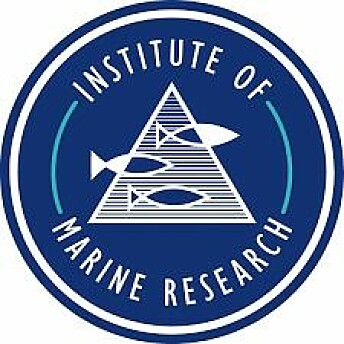This article is produced and financed by the Institute of Marine Research - read more

Have studied omega-3 levels in pregnant women
In a new study, researchers have for the first time measured omega-3 levels in pregnant women from all over Norway. They found that pregnant women who took dietary supplements had the highest omega-3 levels in their bodies.
The study, which involved 203 pregnant women, is part of the major longitudinal survey Liten i Norge.
The researchers found that the levels of omega-3 fatty acids in blood were higher in pregnant women who took omega-3 supplements and/or with a high intake of seafood, than those who did not consider these factors in their dietary habits.
“Although these findings were expected, this is still the first study to document a link between omega-3 fatty acids levels in blood from pregnant women and the consumption of seafood and dietary supplements,” says the researcher Pedro Araujo.
“We have also established a reference range for omega-3 levels in pregnant women representing a large cross-section of the population. That was not previously available for Norway,” says Araujo.
How much omega-3 do pregnant women need?
A reference range tells us about the normal level of a substance in our blood. By calculating the average of the lowest and highest values, you can establish the reference range, or normal values, between them.
“Some studies have highlighted the lack of a reference range for pregnant women, who are in a period in their lives when their bodies need more marine omega-3 fatty acids than usual for the development of the foetus,” says Araujo.
It is particularly important to have enough of the omega-3 fatty acid DHA during pregnancy, because the foetus draws on the mother’s reserves. The human brain grows more rapidly in the final trimester of a pregnancy, and in the first years of life. DHA plays an important role in the development of infants’ brains.
“These results will be very important to future studies involving pregnant women and omega-3 levels, and they will help us to understand who is at risk of consuming too much, or too little, omega-3 fatty acids,” says Araujo.
Figures from the whole country
The findings of the study are in line with those from other countries. But Araujo believes that this study has an additional strength.
“In other countries, such as Japan, the reference ranges are often based on a group of people from just a particular geographical region. And if the region in question is close to the sea and its people eat a lot of fish, then it won’t be representative for the rest of the country,” says Araujo.
The participants in the Liten i Norge study come from all over the country, so they are more representative of omega-3 fatty acid levels in pregnant women across the country.
“It is important that we have established these values for pregnant women in Norway. However, this information is lacking in most laboratories around the world,” says Araujo.
Only a third of women follow dietary advice
In addition to providing blood samples, all of the participants had to complete a questionnaire about their diets.
Just under a third of the participants reported eating as much seafood as recommended by the Norwegian dietary advice, which is to have fish for dinner two to three times a week.
However, 77 per cent of the participants said that they took omega-3 supplements during their pregnancy.
“This shows that as a group they are conscious of the importance of these fatty acids, but that they choose to take a supplement rather than eating fish,” says Araujo.
Reference:
Pedro Araujo et.al.: Fatty Acid Reference Intervals in Red Blood Cells among Pregnant Women in Norway–Cross Sectional Data from the ‘Little in Norway’ Cohort. Nutrients, 2020.
———
Read the Norwegian version of this article at forskning.no


































